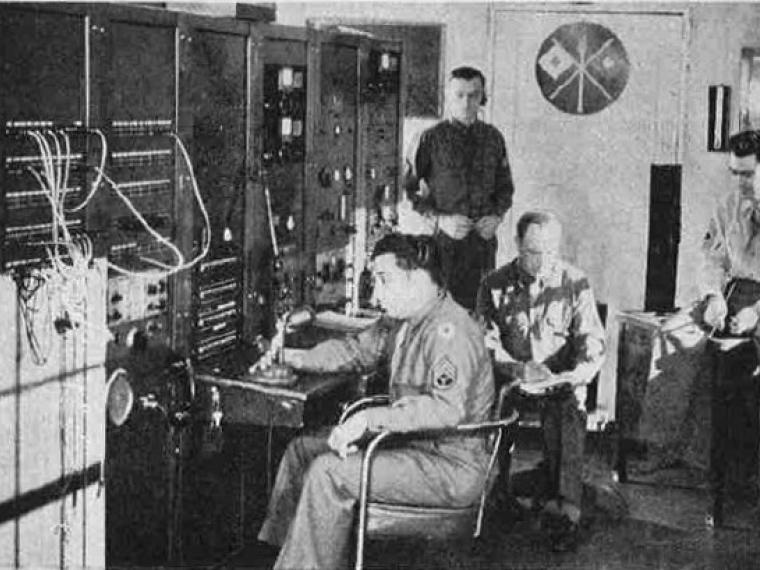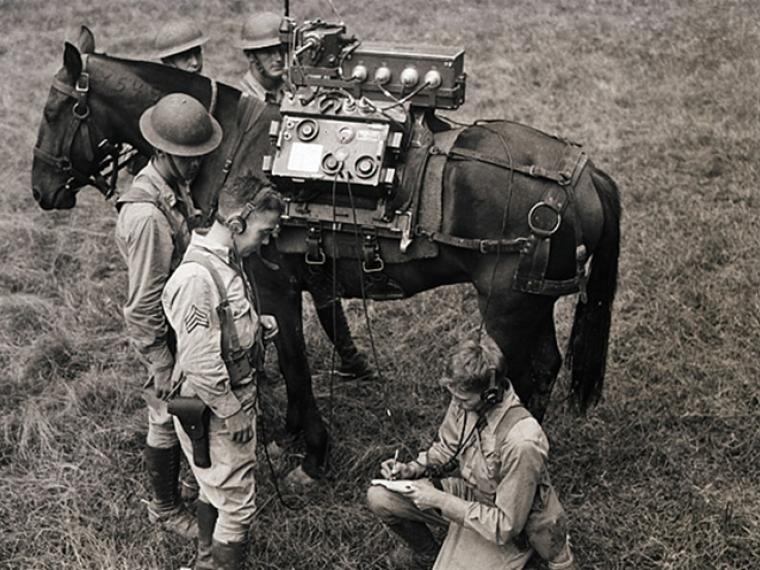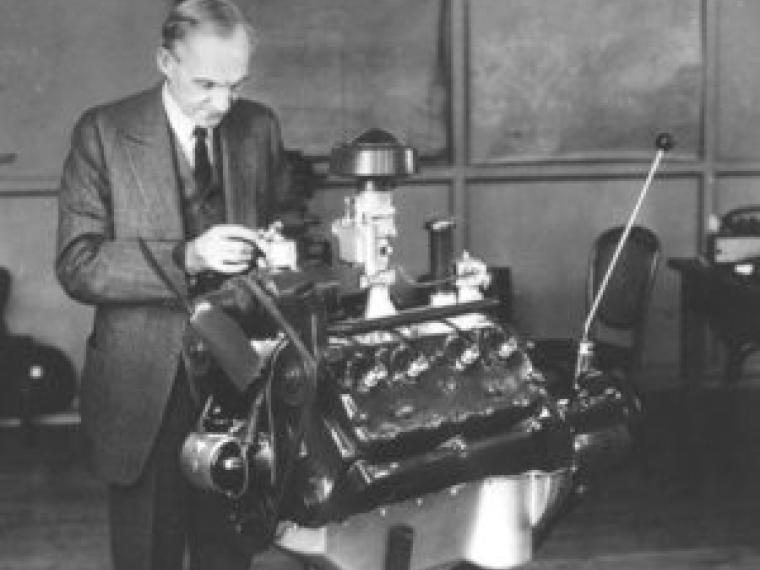Field of Interest
The fields of interest of the Society are the theoretical, experimental and operational aspects of electrical and electronics engineering in mobile radio, motor vehicles and land transportation.
(a) Mobile radio shall include all terrestrial mobile services.
(b) Motor vehicles shall include the components and systems and motive power for propulsion and auxiliary functions.
(c) Land transportation shall include the components and systems used in both automated and non-automated facets of
ground transport technology.
Mission
The function of the Society is to promote its objectives through the leadership of its Officers and Members in encouraging the exchange of both technical and professional information among members of the Society, and other groups, societies, and chapters of the IEEE. This function is accomplished by means of:
- Sponsoring technical conferences and seminars
- Publication of technical journals and books
- Awards of recognition for excellence
- Participation in the development of standards
- Membership support activities
Vision
Be the association of reference for VT professionals’ needs in the areas of life-long learning, standards creation, dissemination of new technologies and networking.
History
At the end of World War II, the then Institute of Radio Engineers (IRE) was seeing an explosion of technology in the form of radio, radar, television and more. Members were being encouraged by IRE to form professional groups around each of these various technologies. One such group formed in Detroit in 1949, the Professional Group on Vehicular Communications (PGVC), headed by James Evans of the Michigan State Police. All of the original members were involved with 2-way radio, or what is termed Land Mobile Radio Services. One of the members was from the Chrysler Corporation and involved with radio installed in vehicles. Thus, the term “vehicular” was included in the group’s name.
In 1963, the IRE and the AIEE merged to become the IEEE. The PGVC then became the Vehicular Technology Society (VTS).
The VTS remained small, having on the order of 2,000 members in the 1950 – 1983 era. But land mobile began to change as transistors replaced vacuum tubes, and it became possible to have a land mobile radio that did not need to be installed in a vehicle. The advent of cellular radio changed the picture radically. The public could enjoy the advantages of “wireless” telephones. From cellular radio’s start in late 1983, membership has grown to over 5,500 today.



